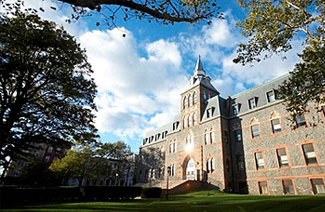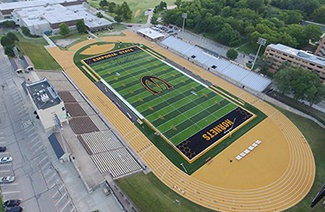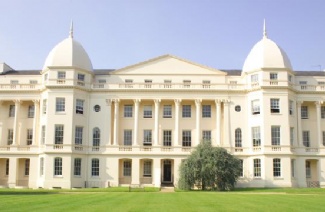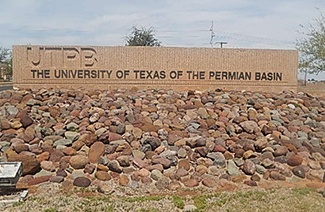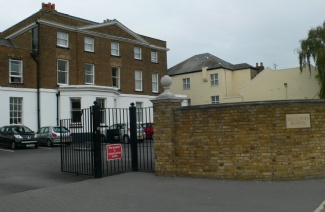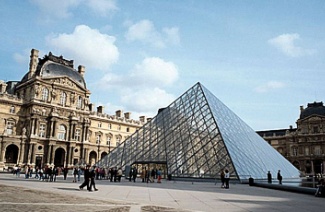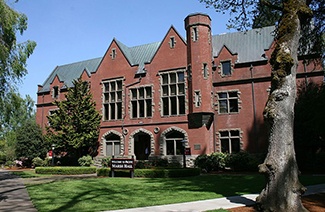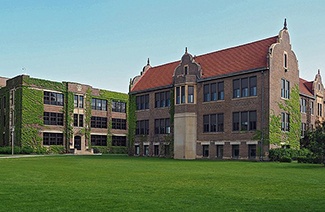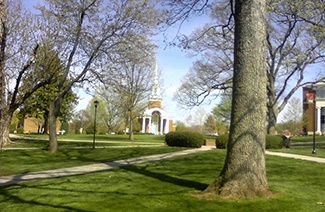阅读文章
Robert E. Peary was a well-known adventurer and arctic explorer who in 1909 set out to reach the North Pole. When he returned from the expedition, he claimed to have reached the pole on April 7, 1909. This report made him into an international celebrity. Though some historians have expressed doubts that Peary did in fact reach the North Pole, three arguments provide strong support for the truth of Peary’s claim.
First, the National Geographic Society put together a committee that was instructed to conduct a thorough investigation of Peary’s records and equipment. At the end of the investigation, the committee concluded that Peary’s accounts were consistent and persuasive and declared that he had indeed reached the North Pole.
Second, a recent expedition provides support for Peary’s claim that he reached the North Pole in only 37 days after setting out from Ellesmere Island off the coast of Greenland. Skeptics used to argue that Peary could not have traveled that fast. Since even modern snowmobiles take longer to cover the same distance. However, a British explorer named Tom Avery recently made the same trek in less than 37 days. In fact, Avery used the same kind of dogsled and the same number and breed of dogs as Peary had. Thus, Peary’s claims are not impossible, and he very well might have been telling the truth.
Third, there are photographs taken by Peary that support his claim to have reached the North Pole. Measuring the shadows in Peary’s photographs makes it possible to calculate the Sun’s position in the sky. The Sun’s position established from the photographs corresponds exactly to the Surf s position as it should have been at the North Pole on that day. This provides strong evidence that Peary reached the North Pole and took the photographs there.
听力文章
There’s no solid evidence that Robert Peary reached the North Pole. The arguments cited in the reading selection are not convincing.
First, it is true that the National Geographic Society committee declared that Peary had indeed reached the North Pole, but the committee was not completely objective. In fact, the committee was composed of Peary’s trip. Moreover, the investigation lasted only two days. And according to Peary himself, the committee did not examine his records carefully. So the committee’s conclusion seems biased and therefore is not trustworthy.
Second, the speed issue. Tom Avery’s journey was different from Peary’s in important ways. For example, Avery’s sled was similar to Peary’s sled, but Avery carried much less weight than Peary did, because Avery did not transport his food on the sled. Avery’s food was dropped along the way by airplane. Moreover, Avery encountered highly favorable weather conditions, unlike Peary who travelled in very unfavorable conditions. So Avery’s speedy trip was too different from Peary’s to provide support for Peary’s claims.
Third, the photographs do not prove anything. The techniques scientists use to determine the Sun’s position depend on measuring the shadows in the photographs very precisely. Without a precise measurement of the shadows, we cannot establish the Sun’s exact position. Now, Peary’s pictures were photographed a hundred years ago using a primitive camera that took fuzzy, slightly unfocused photographs. Moreover, the photos have become faded and worn over time. As a result, the shadows in Peary’s photographs look blurred and faded. Those shadows cannot be used to calculate the position of the Sun with great accuracy. So we cannot be confident the photos were really taken at the North Pole.
Summarize the points made in the lecture, being sure to explain how they support/contradict specific points made in the reading passage.
阅读部分解析
1. First, the National Geographic Society put together a committee that was instructed to conduct a thorough investigation of Peary’s records and equipment.
2. Second, a recent expedition performed by Avery under the similar conditions provides support for Peary’s claim that he reached the North Pole in only 37 days
3. The Sun’s position established from the photographs corresponds exactly to the Surf s position as it should have been at the North Pole on that day.
听力部分解析
1. The committee was not completely objective due to the fact that it was composed of Peary’s close friend who funded the trip and it was not careful during the investigation.
2. Avery’s food was dropped along the way by airplane but not transported on the sled. Avery encountered highly favorable weather conditions, unlike Peary who travelled in very unfavorable conditions.
3. Peary’s pictures were photographed a hundred years ago using a primitive camera that took fuzzy, slightly unfocused photographs. Moreover, the photos have become faded and worn over time. Without a precise measurement of the shadows, we cannot establish the Sun’s exact position.




